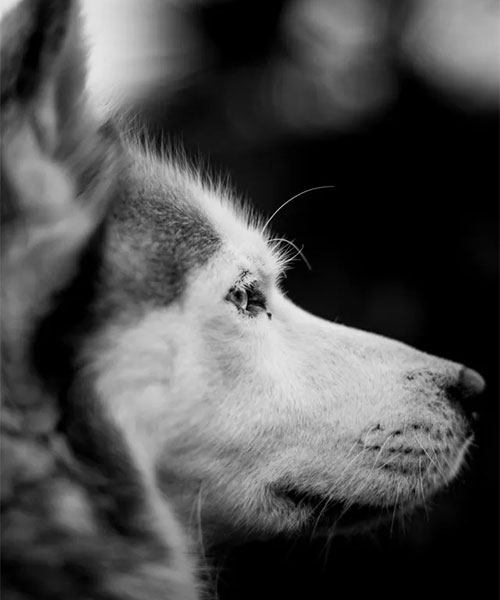Cushing’s Disease in Dogs: 5 Common Symptoms

Hyperadrenocorticism, also known as Cushing’s Disease, is a relatively common endocrine disease found in older dogs. The disease is most commonly caused by a benign tumour in the pituitary gland in the brain. This type of tumour very rarely causes any problems within the brain, rather, the pituitary tumour causes problems by secreting excessive signaling hormones to the adrenal glands. The adrenal glands respond by creating more steroids. The higher level of the steroids affect the body and cause the symptoms seen in Cushing’s disease patients. This is called pituitary-dependent hyperadrenocorticism (PDH) and is more commonly seen in small dogs. Cushing’s disease in dogs can also be caused by a tumour of the adrenal gland (ATH), which secretes more steroids. Adrenal tumours can be malignant and ATH is more common in larger dogs.
5 Most Common Symptoms Of Cushing’s Disease
- Drinking and urinating more – Owners of dogs with Cushing’s disease often notice excessive drinking and urination. This can be gradual with onset. Dogs with Cushing’s will sometimes get up in the night to pee when they used to be able to hold it through the night. They will empty the water bowl more often, or drink out of other sources like the toilet.
- Eating more – This is often not recognized as a problem; people feel good when their dog eats well and likes food. Cushing’s disease dogs never miss a meal, but sometimes they start jumping onto counters, breaking into garbage to get to food or start eating non-food items.
- Thin hair coat and skin – This is a gradual process. The owners may not be the first to notice because it is so gradual. The skin can also be greasy and have blackheads along the lower back.
- Muscle wasting – This can be seen as a dog that is panting more, even when at rest. This is a result of weakness in the muscles of respiration. Reduced exercise ability and general lethargy also results from loss of muscle mass.
- Pot-bellied appearance – This is frequently seen in dogs with Cushing’s disease as the muscles of the abdomen become weaker and the liver becomes larger. The liver becomes larger because it has to metabolize excessive steroids that are being made by the body.
Your veterinarian will recommend blood tests and sometimes an abdominal ultrasound to diagnose Cushing’s disease in your dog. CT or MRI imaging will be used to investigate what the pituitary tumour is doing if there are neurological signs in a dog that has blood tests suggesting Cushing’s disease. CT or MRI will also be used to look at the adrenal gland if it has a tumour and surgery to remove it is being considered.
Treatment For Cushing’s Disease In Dogs
- Medications are usually used to control the production of the steroids. The most common are called mitotane (lysodren, o,p’-DDD) or trilostane (Vetoryl). The type of mediation used will be based on the veterinarian’s experience with the drug. Both are effective and have their side effects that should be discussed with your veterinarian before starting treatment. Treatment is lifelong.
- Surgery is also considered for tumours of the adrenal gland. This surgery should be done at a specialty centre if possible.
If you think your dog is showing signs of Cushing’s disease, call your veterinarian as soon as possible for an appointment.
Yours in health,
Dr. Kent Morley